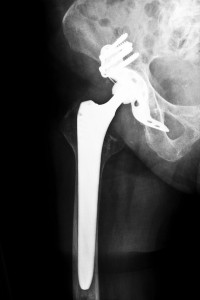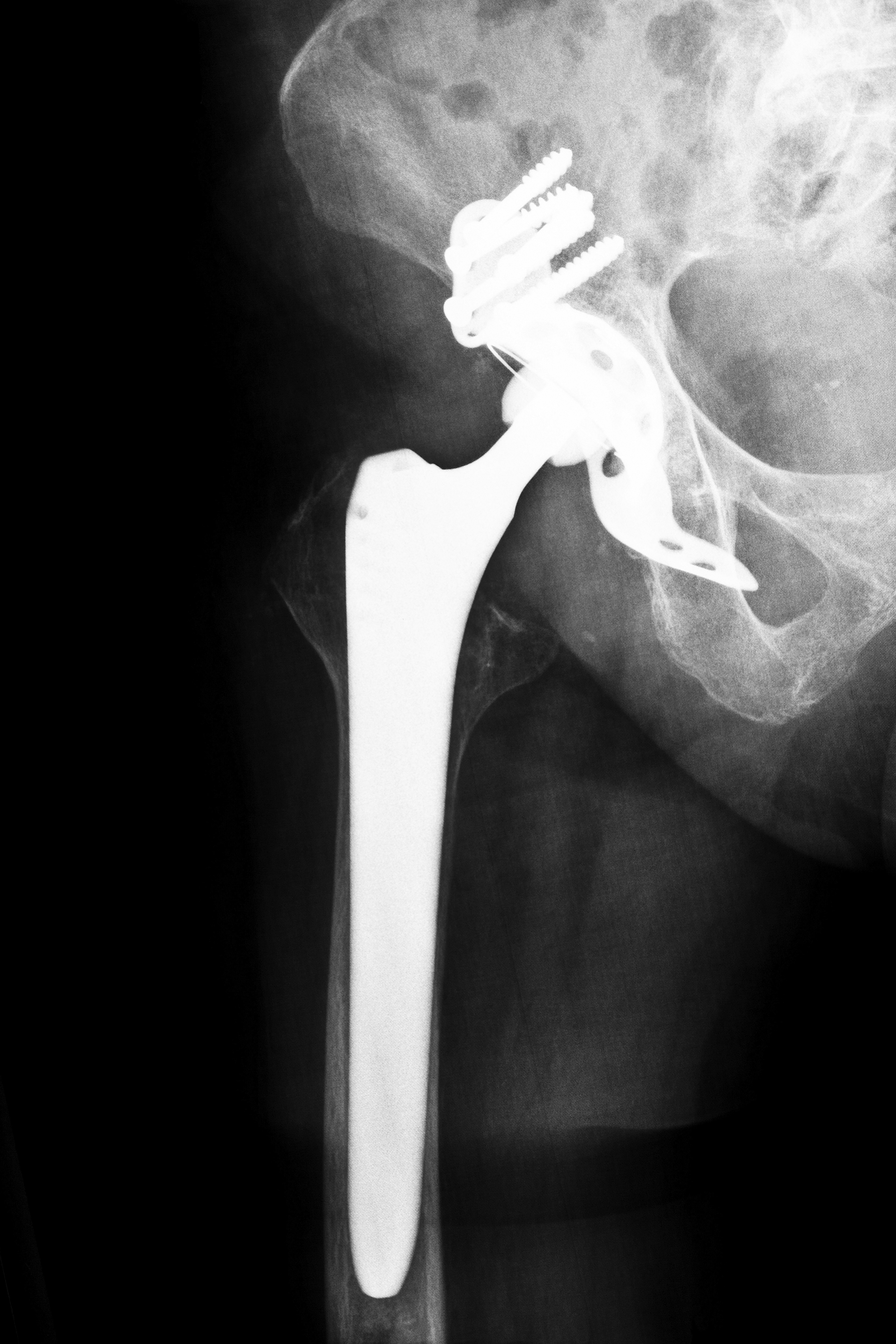Anterior Hip Replacements: The Better Option?
Each year in the United States, over 300,000 individuals undergo total hip replacement surgery. These procedures are almost always successful in freeing the patient from often disabling pain. However, a recent approach to traditional hip replacement therapy may lead to a quicker recovery time as physicians claim that patients are often healed in three to four weeks versus the six to eight weeks required after a normal surgery. Known as anterior hip replacements, the technique may be better than the procedures doctors traditionally use. While there is no conclusive evidence to support this theory, many patients are seeking out these surgeries in hopes that they will have faster recovery times and less pain.
Anterior Hip Replacements versus Posterior Hip Replacements
Doctors may recommend a total hip replacement if patients are suffering from a damaged hip joint resulting from arthritis or other bone or muscle conditions. In traditional procedures, the physician cuts through the buttocks to access the hip area. He then removes the damaged femur head and inserts a metal piece into the center of the bone before topping it with a ceramic or metal ball.
With anterior hip replacements, however, the surgeon accesses the hip joint through the front of the patient’s thigh instead of from the back. Some physicians have noticed that patients were up and walking relatively quickly after the procedure; many often left sooner than those who opted for traditional hip replacement surgeries. In some cases, pain medication isn’t even necessary for some patients; aspirin is all that is needed.
The reason for such a fast recovery may be attributed to the fact that surgeons cut and stretch fewer muscles while fitting patients with anterior hip replacements. Conversely, supporters of posterior procedures claim that small muscles are cut in both procedures since the surgeon must stretch and move muscles in order to access the joint, regardless of the entry point on the patient.

However, some patients may not be good candidates to undergo these procedures. Those who have already had a replacement surgery and are looking for a “re-do,” those who are obese or patients who have suffered with major bone deformities since birth should think twice before seeking out anterior hip replacements. In these situations, a surgeon may actually be able to see better if he accesses the hip joint from behind.
Posterior hip replacements often take less time and offer other benefits such as the lack of need for X-rays and less blood loss. Some physicians counteract the claim that anterior hip replacements offer quicker recovery as they note that recovery is just as quick with a posterior approach.
Should Physicians Change?
Many surgeons are skeptical and reluctant to change unless studies can conclusively prove that the benefits of anterior hip replacements greatly outweigh those of posterior hip replacements. Unfortunately, there are no clinical trials available that compare the recovery time, pain and complication rates for the two procedures. The posterior approach has been used since the 1960s, but there is little known about anterior hip replacements.
Contact Us for More Information
Additionally, patients who are seeking anterior hip replacements are advised to look at the big picture and do thorough research before deciding which procedure is right for them. Investigate reputable information to help you find a trained surgeon. Ask your physician about his or her qualifications and how many times he or she has performed anterior hip replacements in one year; as is the cast in most things medicine-related, practice makes perfect. No matter what procedure the patient chooses, all hip replacement approaches have gradually become less invasive due to a greater understanding of anatomy and more sophisticated instruments and surgical tools. Contact Attorney Group today for further information.






